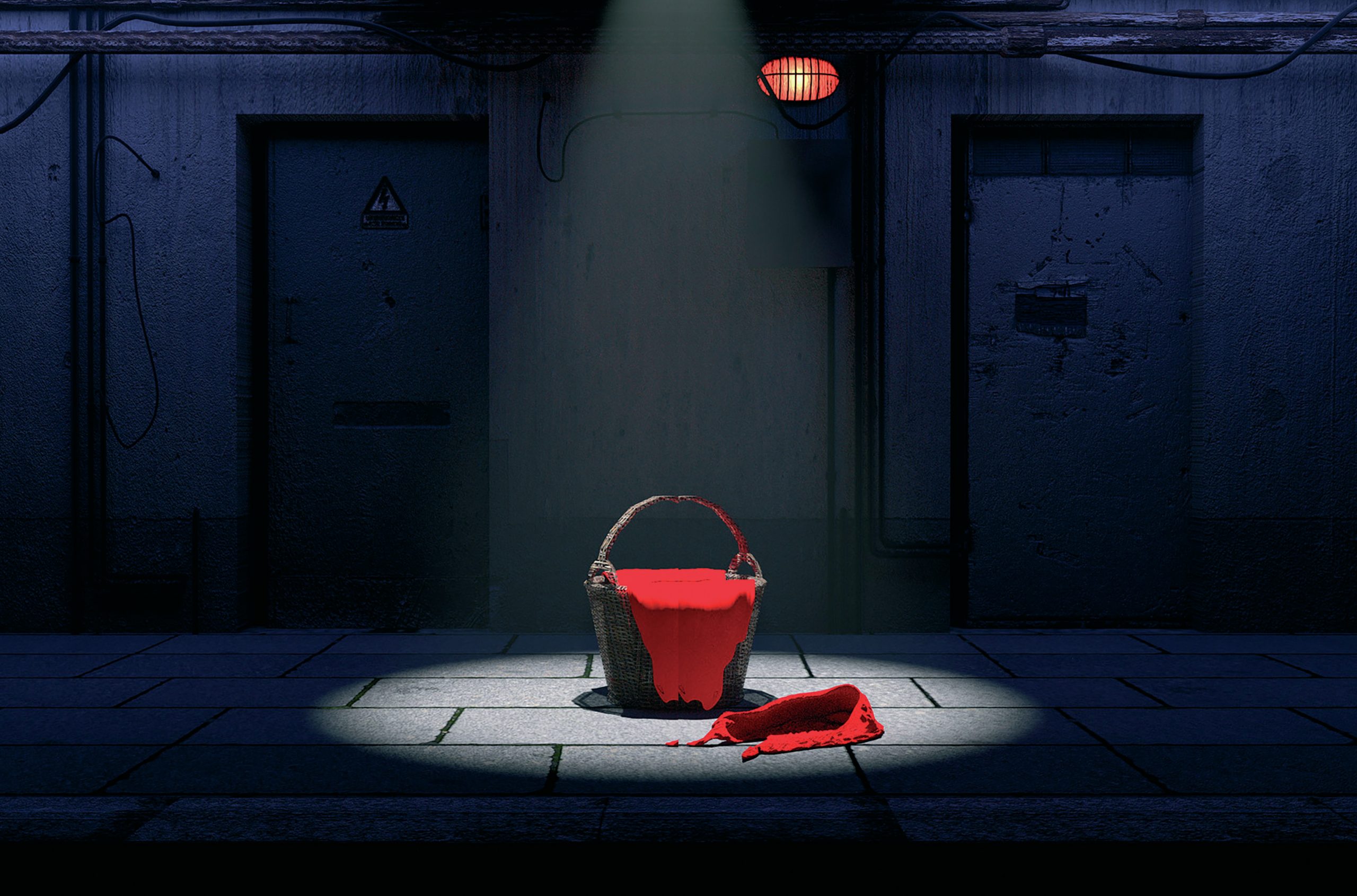
The Bloody Chamber is a collection of ten short stories, first published in 1979. It opens with the title story, the longest and most complex, which introduces many of the key themes and concerns of the rest: love, marriage, gender roles, sexuality and violence. The title story is set in Brittany in northern France, introducing a European flavour that becomes central to the stories, some of which are set in colder northern European countries, while others take place in warmer southern climates. Each story is related to a fairy tale or folk tale, and familiar names and character types populate the stories — Beauty, the Beast, Puss in Boots, the virgin bride — alongside less familiar characters.
The stories in The Bloody Chamber are new versions, or retellings, of folk tales and fairy tales. Carter maintained that fairy tales ‘make sense of events and certain occurrences in a particular imaginative way’ (Gamble 2001, p. 112). Two years before the publication of The Bloody Chamber, she had made a new translation of fairy tales collected and written down by Charles Perrault in late seventeenthcentury France, including ‘Sleeping Beauty’, ‘Little Red Riding Hood’ and ‘Puss in Boots’. She was particularly interested in the way in which such stories had ‘gone into the bourgeois nursery and therefore lost their origins…’, pointing out that ‘many folk tales were… passed down from generation to generation by people who were mostly illiterate’. We could therefore read The Bloody Chamber as Carter’s way of returning these well-known stories to their less refined, more brutal origins, the violence and horror of some of the tales reflecting the difficult lives of our ancestors: ‘the ordinary men and women who created our world’ (Carter 1990).
Your organisation does not have access to this article.
Sign up today to give your students the edge they need to achieve their best grades with subject expertise
Subscribe




